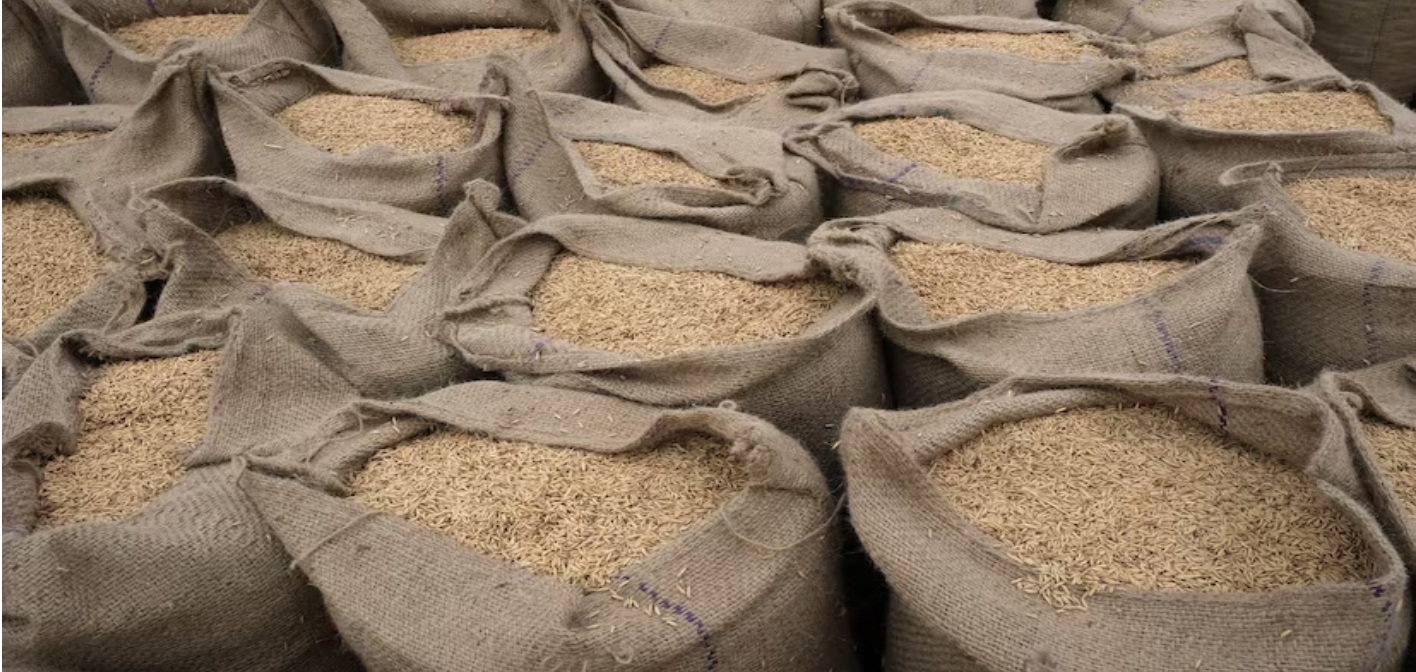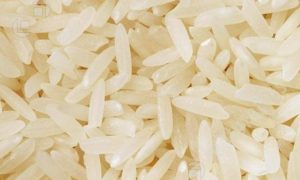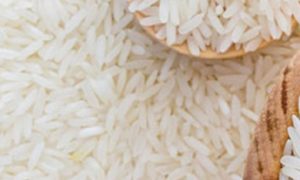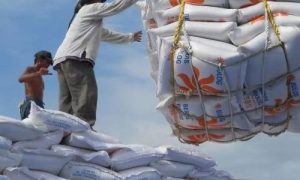Central govt’s restrictions on rice exports puts wheat and sugar in focus

By Pratik Parija
India ramped up its restrictions on rice exports over the past few days as the nation tackles rising food costs before an election next year, prompting the market to speculate what commodity might be next.
The curbs on rice now cover all varieties that the South Asian nation ships to overseas markets, further tightening global supply. Poor rainfall in some of the country’s key sugar growing areas may lead to restrictions on shipments of the sweetener, although there is still more than a month before the monsoon ends and the outlook could change quickly. A wheat tariff may also be scrapped.
The government of Prime Minister Narendra Modi has stepped up measures to shield consumers from rising food prices as the re-election drive eclipses a pledge made last year to feed the world. India’s importance to agricultural markets means changes can reverberate far and wide — the country is the world’s top rice shipper, and second largest sugar and wheat producer.
Late Friday, the government confirmed a Bloomberg News report that the nation would implement a 20% export tax on parboiled rice, following up on Sunday with a minimum shipment price on basmati. That measure is designed to prevent other grains being sold as the expensive variety to dodge export curbs. The nation is responsible for almost 40% of global rice trade.
Rainfall in the key rice growing states of West Bengal, Uttar Pradesh, Bihar, Jharkhand, Chhattisgarh and Andhra Pradesh has been at least 12% lower than normal so far this season, according to the weather bureau. That’s raised concerns about production following a poor 2022-23 winter harvest.
Rice prices in Asia soared to the highest level in almost 15 years earlier this month after India banned some exports. A price update from the Thai Rice Exporters Association is expected on Wednesday.
Some of India’s biggest sugar producing regions are also in desperate need of rain to help replenish reservoirs and ground water used to irrigate crops. Any shortfall in output could lead to export restrictions, which would likely boost benchmark prices traded in New York and London.
The government says any decision on sugar shipments for 2023-24 will be made when final production estimates are available.
Modi declared last year that India was ready to feed the world after Russia’s invasion of Ukraine disrupted Black Sea shipments, but the Asian nation is now considering abolishing an import tax on wheat. That would likely lead to lower domestic prices and allow millers near the coast to buy cheaper overseas grain. The last time the country imported significant volumes was 2017-18.
As of Thursday, water storage in the country’s 146 main reservoirs was 21% less than a year earlier, according to the state-run Central Water Commission. This may mean less available water for wheat, India’s biggest winter-sown food grain crop. Planting typically begins in October.
–With assistance from Kevin Dharmawan.














